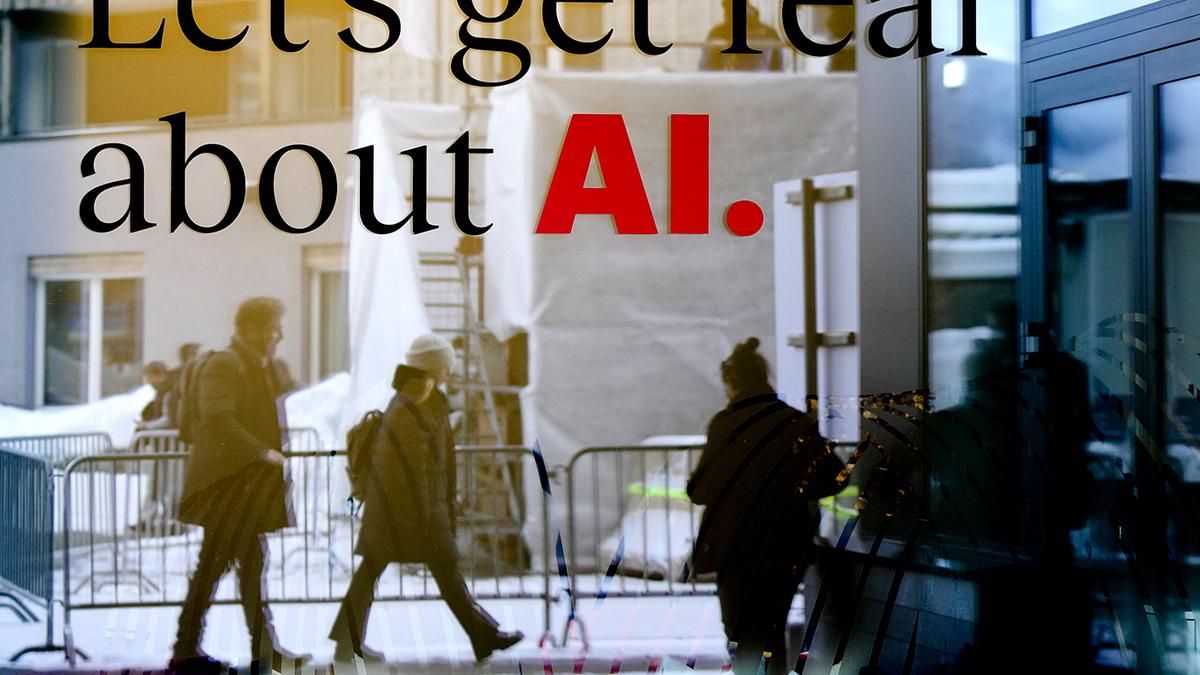The recent efforts to remove child sexual abuse imagery from a dataset used to train popular AI image-generator tools highlight the urgent need for ethical AI development and the dangers of unregulated AI systems.
The LAION Dataset and Its Contamination
The LAION (Large-scale Artificial Intelligence Open Network) dataset is a massive collection of online images and captions that has been instrumental in developing leading AI image-generators, including Stable Diffusion and Midjourney. However, a report by the Stanford Internet Observatory revealed the presence of links to sexually explicit images of children within the dataset, contributing to the ease with which AI tools could generate photorealistic deepfakes depicting minors. This concerning discovery prompted LAION to immediately remove its dataset and undertake significant efforts to rectify the issue.
Removing the Harmful Content
LAION worked closely with the Stanford University watchdog group and anti-abuse organizations in Canada and the UK to cleanse the dataset by removing more than 2,000 web links to suspected child sexual abuse imagery. This collaboration was crucial in identifying and addressing the problem, emphasizing the importance of coordinated action between researchers, institutions, and government agencies in combatting child abuse.
The Continued Availability of “Tainted Models”
While LAION’s efforts to remove harmful content from its dataset are commendable, concerns persist regarding the continued accessibility of AI models trained on the tainted data. These models still possess the capacity to generate child abuse imagery, raising ethical concerns and emphasizing the need for further action to address the problem.
The Urgency of Ethical AI Development
The incident involving the LAION dataset underscores the importance of ethical considerations in the development and application of artificial intelligence. This case demonstrates the real-world implications of poorly regulated AI systems and the potential for their misuse.
Preventing AI Abuse
Governments worldwide are taking notice of the ethical challenges presented by AI tools and are actively seeking ways to regulate their use. San Francisco’s city attorney filed a lawsuit against websites enabling the creation of AI-generated nudes, while French authorities charged the founder and CEO of Telegram over the alleged distribution of child sexual abuse images. These actions indicate a growing awareness of the need to address the misuse of AI technology.
Holding Platforms Accountable
The arrest of Pavel Durov, the founder and CEO of Telegram, marks a significant shift in the tech industry, demonstrating that tech platform leaders can be held personally responsible for the actions of their platforms. This development holds immense potential for creating a more accountable and responsible tech ecosystem, where platforms are held accountable for preventing the misuse of their tools.
Beyond Cleaning Datasets: The Importance of Responsible AI Practices
The removal of harmful content from the LAION dataset is a crucial step toward mitigating the risk of AI-generated child abuse imagery. However, this incident highlights a broader need for responsible AI development practices to prevent the emergence of such issues in the first place.
Responsible Data Collection
The ethical collection, curation, and use of data is fundamental to building responsible AI systems. Training datasets should be carefully screened for inappropriate content, ensuring that AI models learn from a safe and ethical source. Robust safeguards need to be in place to prevent the introduction of harmful materials into datasets used for training AI models.
Transparency and Accountability
AI developers and platforms have a responsibility to be transparent about their algorithms and the data used to train their models. This transparency will facilitate greater accountability and enable stakeholders to monitor the development and deployment of AI systems to ensure their ethical use.
Collaboration and Shared Responsibility
The issue of AI-generated child abuse imagery is complex and requires collaborative efforts from multiple stakeholders. Research institutions, technology companies, governments, and advocacy groups need to work together to develop effective strategies for addressing the issue. Shared responsibility is paramount in preventing the misuse of AI technology and safeguarding children from harm.
Takeaway Points
- The LAION dataset incident reveals the vulnerability of AI systems to misuse and highlights the crucial need for ethical considerations in AI development.
- Removing harmful content from datasets is essential, but preventative measures are crucial to prevent the emergence of such issues in the first place.
- Transparent development practices, accountable platforms, and collaborative efforts are vital for creating a responsible and ethical AI ecosystem.
- Governments and policymakers need to be proactive in enacting regulations and safeguards that address the ethical concerns surrounding AI technology.
- This incident should serve as a wake-up call for the tech industry to prioritize ethics and responsibility in their pursuit of AI advancements.




